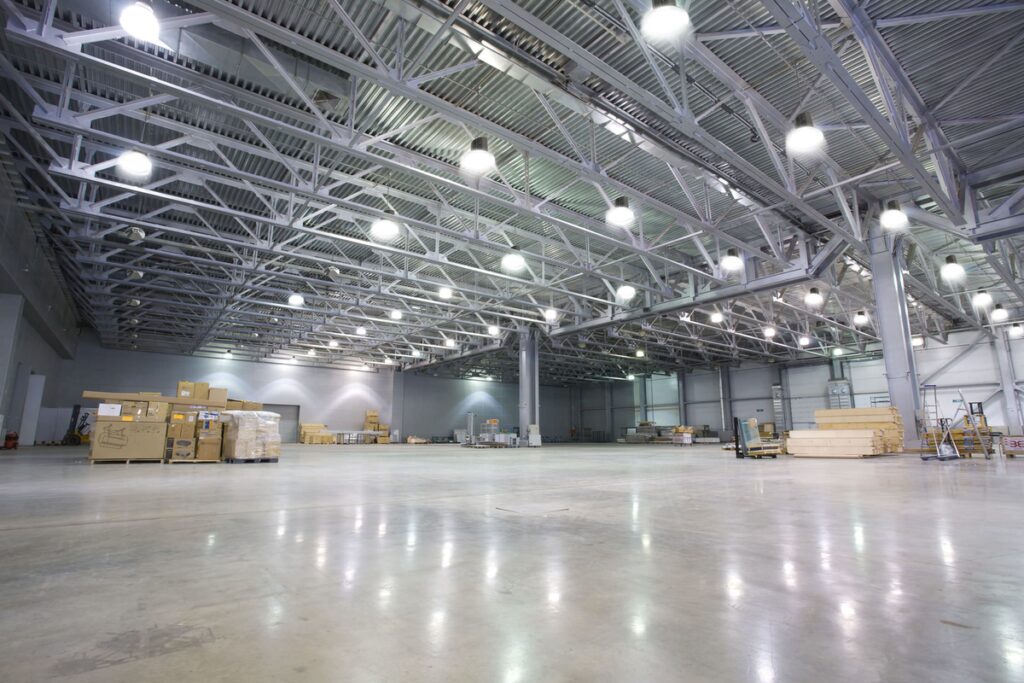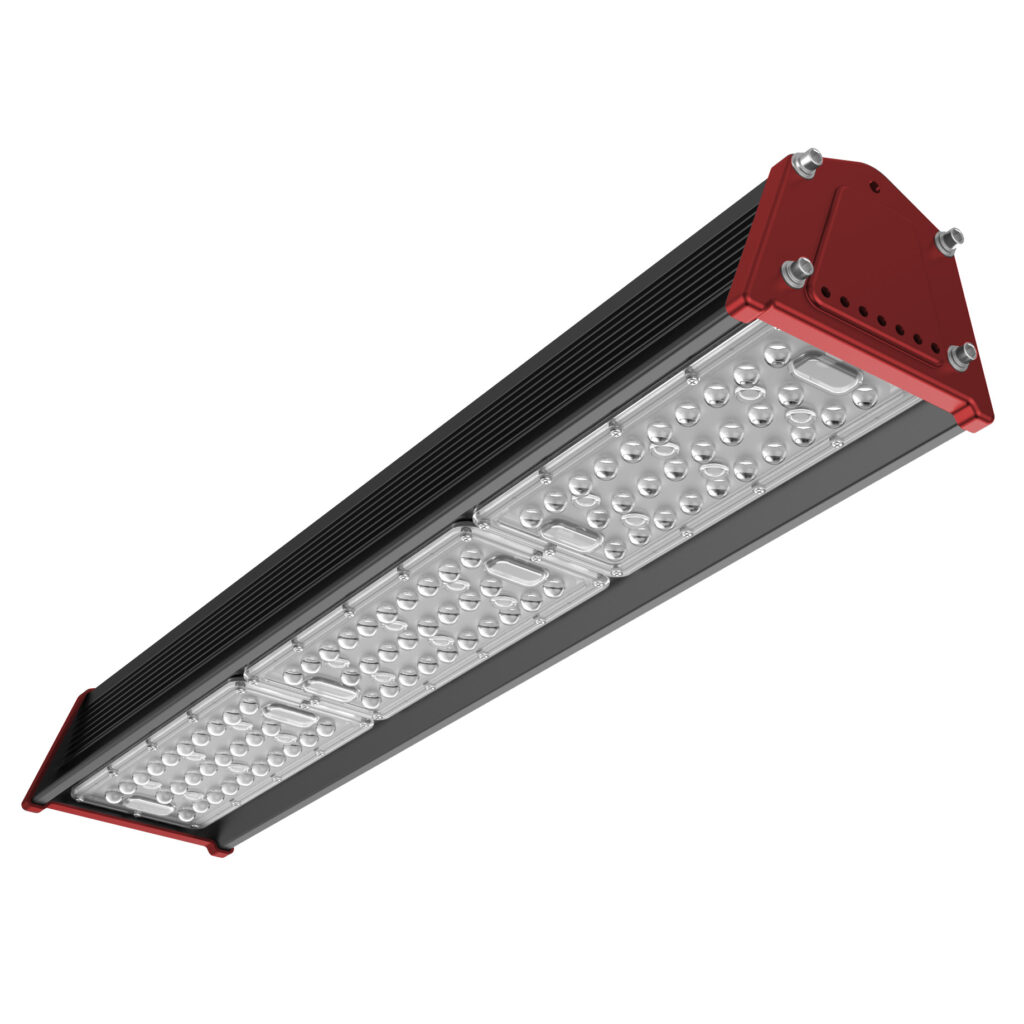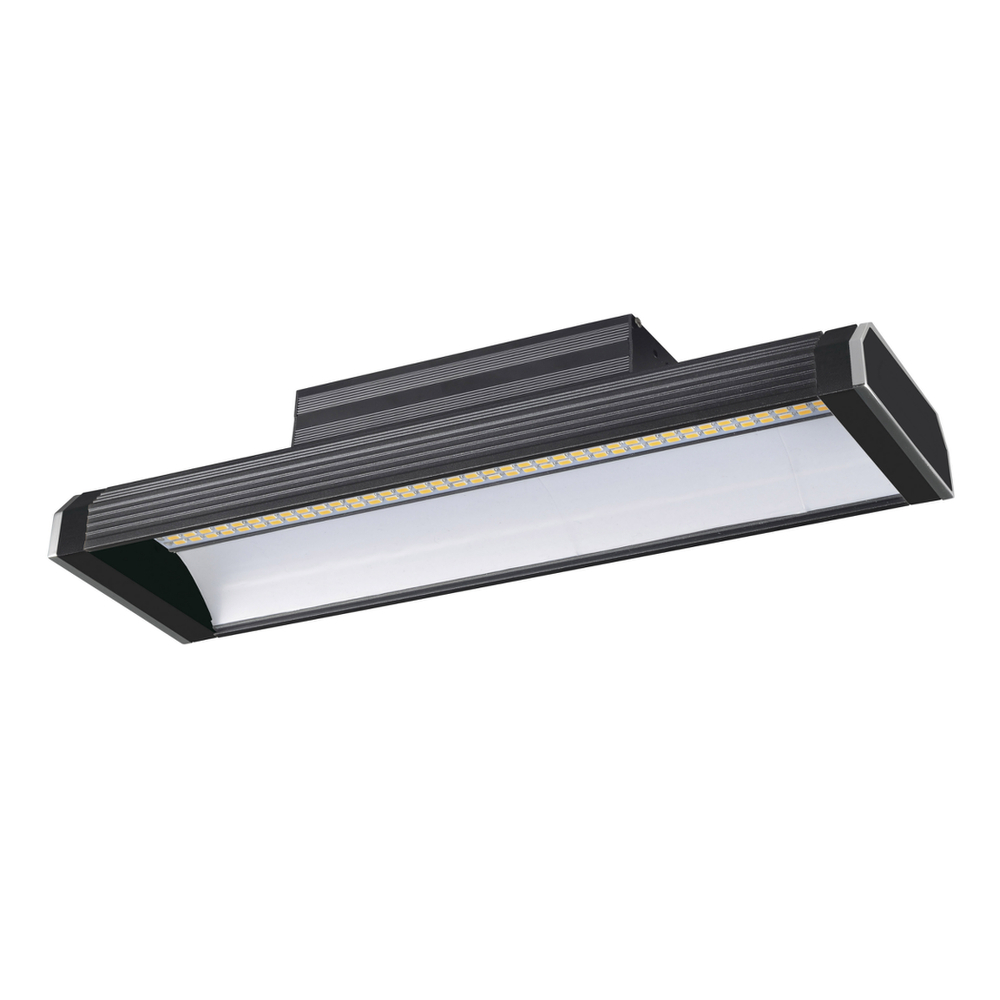Industrial spaces are high ceiling areas which generally require a powerful lighting layout. The layout must be able to satisfy all the needs within the indoor space i.e, factories, industries, processing plants, warehouses and workshops.
What are high bay light fixtures?
High bay light fixtures are high ceiling lights. In areas with ceiling height above 20 feet and reaching 60 feet, these light fixtures play a crucial role. They are powerful enough to illuminate a vast space evenly.
Housing of High bay lights
The housing of these fixtures are up to all safety standards specific for industrial zones. They are in direct exposure to every other element present in the environment including chemicals. Since most gases or toxic fumes are present in an indoor factory environment it is essential to have these fixtures protected against dust, moisture, temperature fluctuation.
The housing must be stable against fluctuations or any power outage.
It is made up of aluminum and available in one other variation i.e diecast aluminum. The application differs with respect to usage and intensity. It houses the lamp, and seal the fixture against all harsh factors while there are mounting brackets available at the back of the fixtures which provide mounting support and options.
Designs of High bay lights

High bay light fixtures are majorly available in two designs and simple extensions or variations of them, They are critically acclaimed to be the only fixtures capable of blending into any large indoor lighting layout to produce the best results.
Round high bay lights
Round high bay lights are popularly available as UFO high bay lights. The housing of the round high bay has a shape like a saucer in which the lamp sits. It is made up of die cast aluminum. The sizing varies so does the design with respect to use and manufacturing source. It is pairable with different reflectors for effective spread of lighting.
Linear high bay lights
Linear high bay lights are large rectangular light fixtures. The sizing of these fixtures extend above 4 foot to around 8 foot. Linear high bay lights are mostly of use in industries and other plants.
Types of Lamps used in High bay lights

As much as high bay lights are largely indicated of use in large indoor spaces, one crucial factor which downplays their popularity among industrial zones is the use if ineffective and potentially hazardous lamp types which are:
HPS lamps
High pressure sodium lamps are abundantly of use in high bay fixtures due to their ability to produce a warm tint of light. These lamps are still deemed inefficient as they are incapable to withstand extreme temperature or external pressure.
CFL lamps

Compact fluorescent lamps are widely used in many other fixtures but specifically in round high bays but they are the most incapable due to their inability to produce bright and powerful light up to the standard.
Metal halide lamps
Metal halide or also commonly called HID lamps are popularly used in high bay light fixtures. They produce bright light but they contain toxic chemicals like mercury which are highly unsafe in case of accidents. These lamps also have a very short life span and are quite inefficient in the long run.
The drawbacks of using these lamps have been severe due to which large businesses were quite impacted. These lamps have:
- Shorter life spans
- Long start up time
- Heat up quickly
- Are not safe
- Produce or interact with UV rays
Overall many concerns have been raised due to their inefficiency which have been adequately aspected by the introduction of LED lamps. LED lamps are also retrofittable in most scenarios and it is considered the most cheaper and feasible alternative when in haste.
The LED lamps are operable on preexisting fixtures and they do last a while providing promising results but when operating on older fixtures there are many possible dangers which impact their actual life span, coverage and maintenance.
LED high bay lights

LED high bay lights have revolutionised the industry entirely ever since their introduction. They are much more advanced than their counterparts and have addressed all the issues associated with lighting in industrial spaces. Installing LED high bay light fixtures has a lot of benefits like yearly savings on energy consumptions and a lot more which you can check here.
To get the most out of these fixtures it is important to figure out the right layout for your space. LED light fixtures are powerful, bright and have a super optimised light function which pertains to different layouts. Therefore, it is necessary to have an area-oriented layout prior to their installation.
The layout helps with:
- Determining the total lumen requirements
- Determining the number of fixtures required to reach the total lumen requirement
- Size of each fixture
- Placement of each fixture ( height, distance between each fixture)
- Need for reflectors
Industrial spaces largely benefit from installing LED high bay lights as they are energy efficient and produce light which is manageable when needed. These lamps are capable of producing bright light in an array of colours specified on a kelvin scale. This feature is known as correlated colour temperature which ranges from 2500K to 6000K. The 2500K to 3500K spectrum produces glowy yellow light while 4000K to 6000K provides white to daylight like light. The most appropriate colour temperature for industrial areas is 5000K to 6000K due to open space which barely has any natural light source. The light is glare free despite the brightness which is mostly above 20000 lumens and reaches around 100000 lumens. The CRI is adjustable which brings out the original colours of the surrounding.
Overall installing these lights comes with a cost and opting for the most sustainable type of lamp determines the trajectory of it’s perseverance and capability to encounter all the challenges of lighting up these spaces in the long term. These eco-friendly and recyclable light fixtures allow a lot of room for experimenting and featuring the best function while enhancing the overall productivity and safety of the environment.





